History
The Home Guard

The British Home Guard, officially known as the Local Defence Volunteers (LDV) when it was first formed, was a crucial part of Britain’s defense strategy during World War II. Created in 1940, the Home Guard was composed of local volunteers who were not eligible for military service overseas, either due to age or medical conditions, but who still wanted to contribute to the war effort.
Here’s an overview of the history of the British Home Guard from 1940 to 1944:
Formation and Early Days:
- 14th May 1940: The Home Guard was officially established by Prime Minister Winston Churchill, who called for the formation of a “Local Defence Volunteer” force.
- 17th May 1940: The first call to join the LDV went out through a radio broadcast by Anthony Eden, the Secretary of State for War.
- 23rd July 1940: The name was later changed to the “Home Guard” to avoid the idea of passivity associated with “defence,” and to give the force a more active and assertive image.
Organisation and Recruitment:
- Membership: The Home Guard was open to men aged 17 to 65 who were not already serving in the armed forces.
- Initial Equipment: In the beginning, volunteers often had to bring their own weapons, such as shotguns, rifles, or whatever firearms they had.
- Training: Initially, training was minimal due to the urgent need for manpower, but it became more structured as time went on.
- Leadership: Many Home Guard units were led by retired officers or veterans from World War I.
Duties and Responsibilities:
- Defensive Operations: The primary role of the Home Guard was to defend against invasion by German forces. They were tasked with protecting key locations like bridges, road junctions, and other strategic points.
- Patrolling: Home Guard units conducted regular patrols in their local areas, keeping an eye out for any suspicious activity.
- Training Exercises: As the war progressed, training exercises became more sophisticated, including mock battles and live-fire drills.
- Support Roles: In addition to their defensive duties, Home Guard units also provided support for civil defence activities, such as firefighting and bomb disposal.
Expansion and Development:
- Growth: By the end of July 1940, the Home Guard had over 1.5 million volunteers.
- Women’s Auxiliary: In 1943, the Home Guard formed the Women’s Home Defence, allowing women to take on support roles such as communications, administration, and medical assistance.
- Improvements in Equipment: Over time, the Home Guard was better equipped, receiving surplus weapons from other military units and even developing specialised equipment for their needs.
Demobilisation and Legacy:
- 3rd December 1944: The Home Guard was officially stood down as the threat of invasion had significantly diminished.
- Legacy: The Home Guard’s contribution to Britain’s war effort was widely recognised. Although they never faced invasion, their presence provided reassurance to the public and freed up regular troops for active duty.


